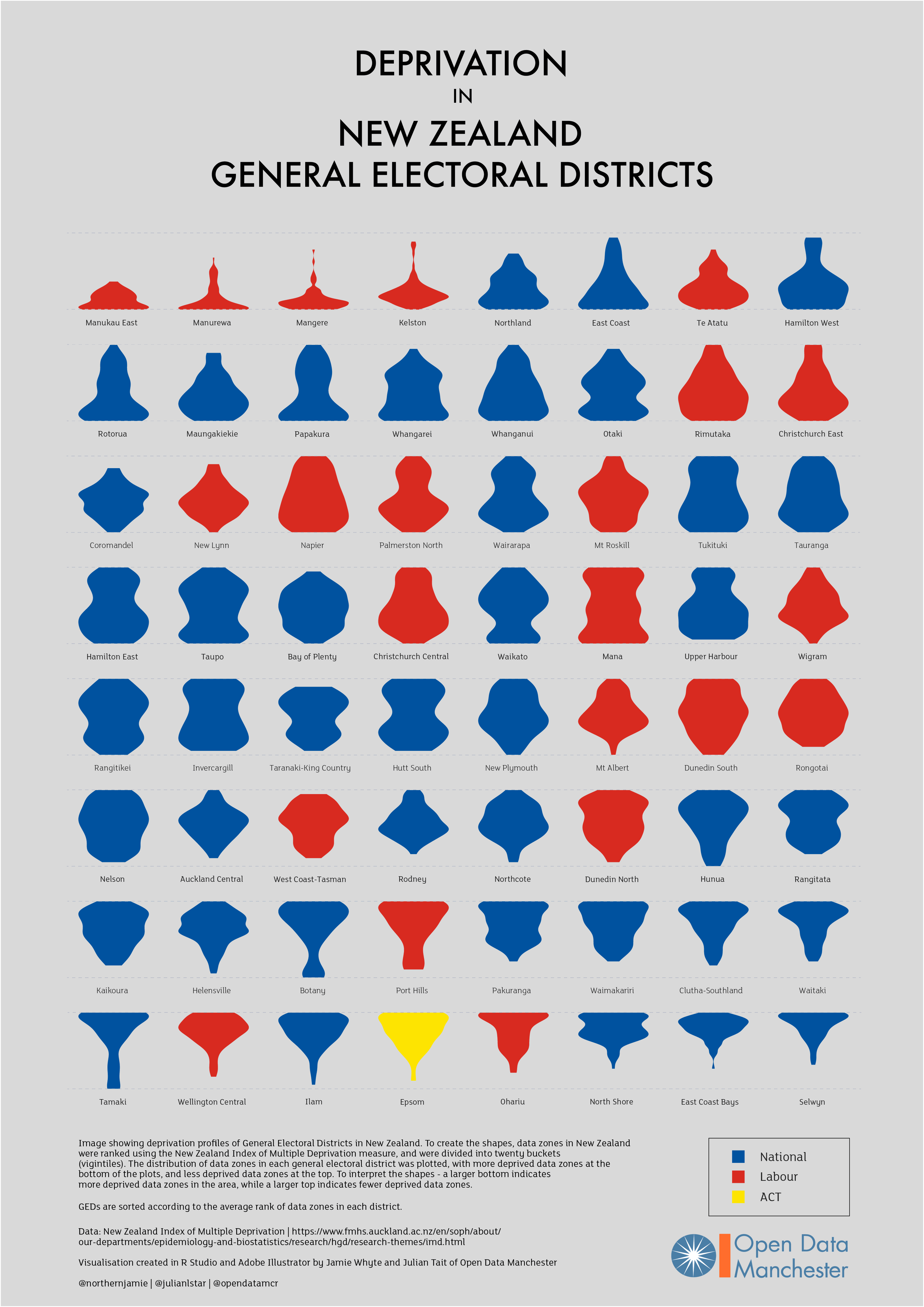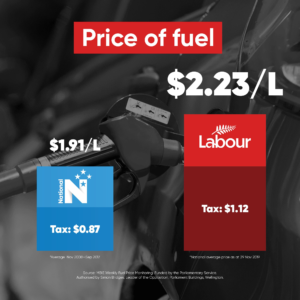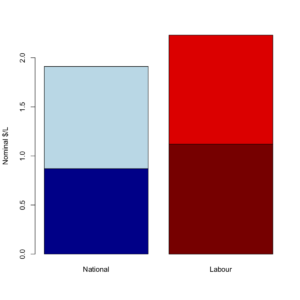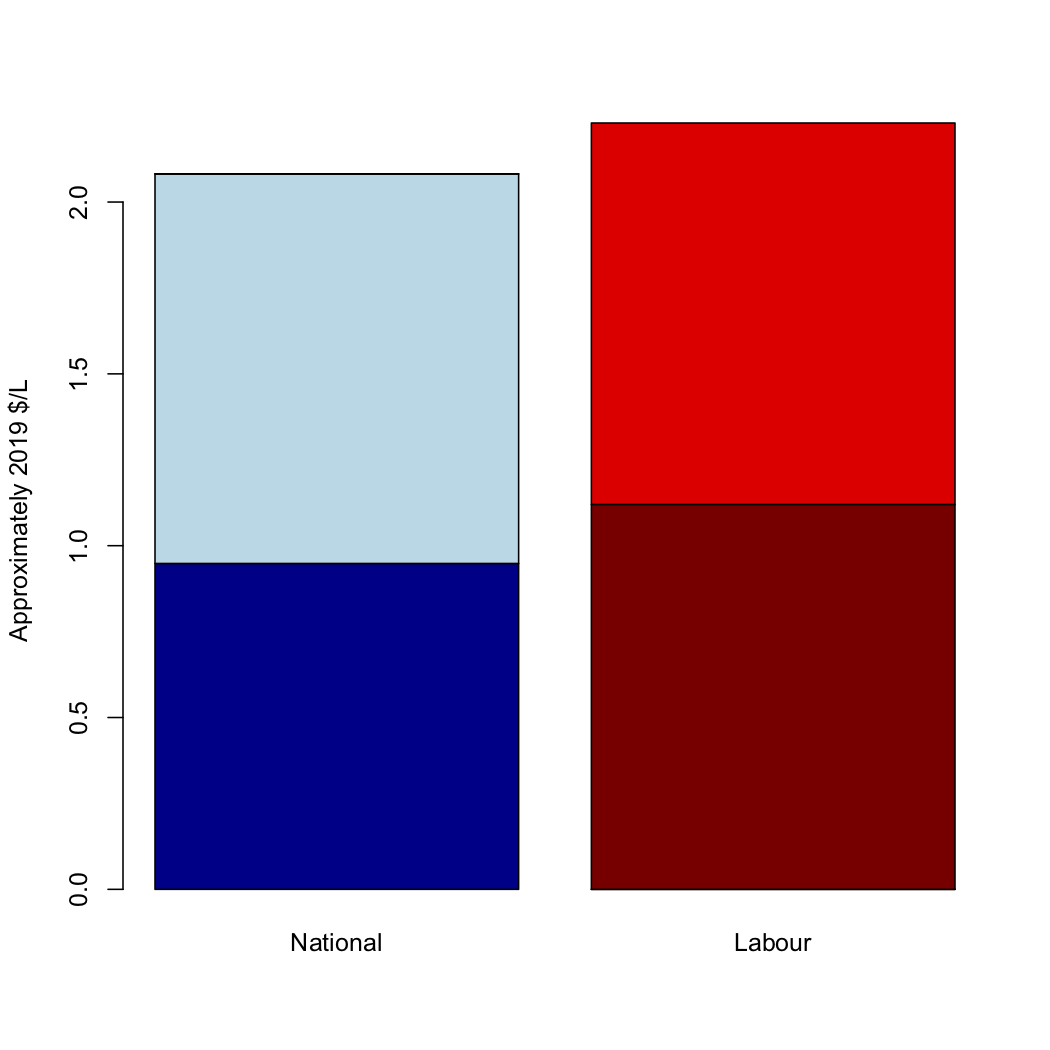Q: Did you see that a harrowing study of 46,000 women shows hair dyes are heavily associated with cancer?
A: Harrowing?
Q: According to FastCompany.
A: That’s just the headline, though.
Q: “You know how you don’t see very old people with dyed hair? There may be a reason for that: Hair dye is heavily associated with cancer.”
A: That would be a heavy association.
Q: So is it true? There’s a link, even.
A: “We observed a 9% higher breast cancer risk for permanent dye use in all women but little to no associated risk for semipermanent or temporary dye use.”
Q: That’s… not as harrowing as I expected. Would that kill off a big fraction of hair-dye users?
A: Well, not very many men. For women the lifetime risk, which is the cumulative risk by the time you’re ‘very old’, is about 1 in 8. Increasing that by 9% would be about one extra breast cancer case per hundred hair-dye users.
Q: So that’s not why very old people don’t use hair dye
A: There are probably other factors in play, yes.
Q: It’s just breast cancer, though. What about the effect on other cancers?
A: They didn’t look. They mostly expected a risk on breast cancer, because of theories about ‘estrogen disruption’.
Q: The story says the effects are bigger in Black women.
A: It looks like they probably are, though there’s a lot of uncertainty because Black women were only 10% of the study.
Q: Nothing about hair dye in men?
A: It was a study of sisters of people with breast cancer, so no men.
Q: Also too, no generalisability?
A: It’s not quite that bad, but, yes, it’s not clear how well this generalises. It could be that these women are more susceptible to hair dyes. Or not.
Q: What did previous research find?
A: It’s mixed. A big study in Black women in the 1990s didn’t find an association, but another current study did.
Q: So do we believe it?
A: We aren’t Black women who use hair dye. On several counts.
Q:
A: It certainly could be true, but the evidence isn’t overwhelming.






Recent comments